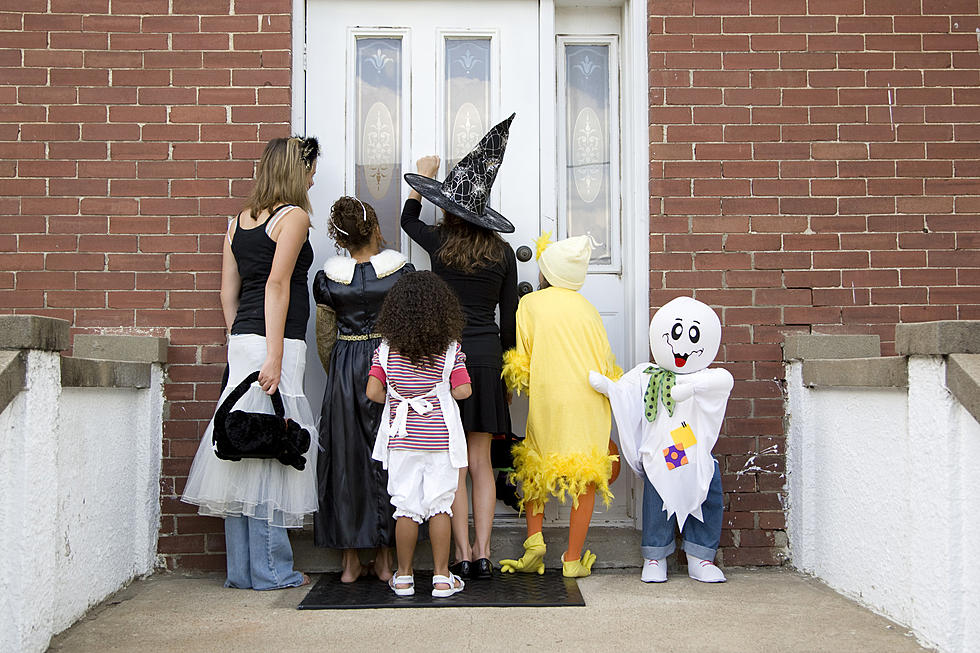
Get Ready For Full Blue Moon On Halloween Night
So Far this year we have had 13 Full Moons in 2020
This is the case for October 2020: we’ll have a full Moon on Thursday, October 1st, which will be the Harvest Moon, and again on Saturday, October 31st—a Halloween full Hunter’s Moon in all time zones (the Moon turns full at 10:49 a.m. EDT), making this a super fun rare treat.
In 2001, ghosts and goblins in Central and Pacific time zones trick-or-treated by the light of a full Moon, but a Halloween full Moon hadn’t appeared for everyone in all time zones since 1944!
When you look at the full Moon on Halloween night, it won’t appear blue in color but you’ll be looking at something pretty uncommon. A full Moon on Halloween occurs roughly once every 19 years—a pattern known as the Metonic Cycle.
This lunar cycle was discovered in 432 BC by the Greek, Meton, of Athens. He determined that after 19 years have elapsed, the phase of the Moon will repeat on the same date. Well, not always.
When we think of “All Hallow’s Eve,” many of us conjure up terrifying images of werewolves, goblins, zombies, and other scary things that go “bump” in the night, all lit up by a spooky full Moon. But how common is a Halloween full Moon? Apparently, not very.
In 2001, ghosts and goblins in Central and Pacific time zones trick-or-treated by the light of a full Moon, but a Halloween full Moon hadn’t appeared for everyone in all time zones since 1944!
When you look at the full Moon on Halloween night, it won’t appear blue in color but you’ll be looking at something pretty uncommon. A full Moon on Halloween occurs roughly once every 19 years—a pattern known as the Metonic Cycle.
For a Halloween full Moon, the Metonic Cycle worked well early in the 20th Century—in the years 1925 and 1944. But thereafter, using the cycle, the date of full Moon shifted a day to November 1st (in 1963, 1982, and 2001). But then, in 2020, it returned to October 31st. Making it a rarer sight, indeed.
But for 2020 on through the balance of the 21st century, a full Moon on Halloween will occur once every 19 years.
For more than half a century, whenever two full Moons appear in a single month (which happens on average every 2 1/2 to 3 years), the second full Moon is christened a “Blue Moon.”

Any time the Moon is technically “full” on October 31st (as it will be this year), it would also have to be a Blue Moon because the lunar cycle is only 29.5 days long.
There is an alternate definition of a “Blue Moon”—when there are 4 full Moons in a single season, the third is considered a “Blue Moon.”
KEEP READING: Get answers to 51 of the most frequently asked weather questions...
More From WUPE









